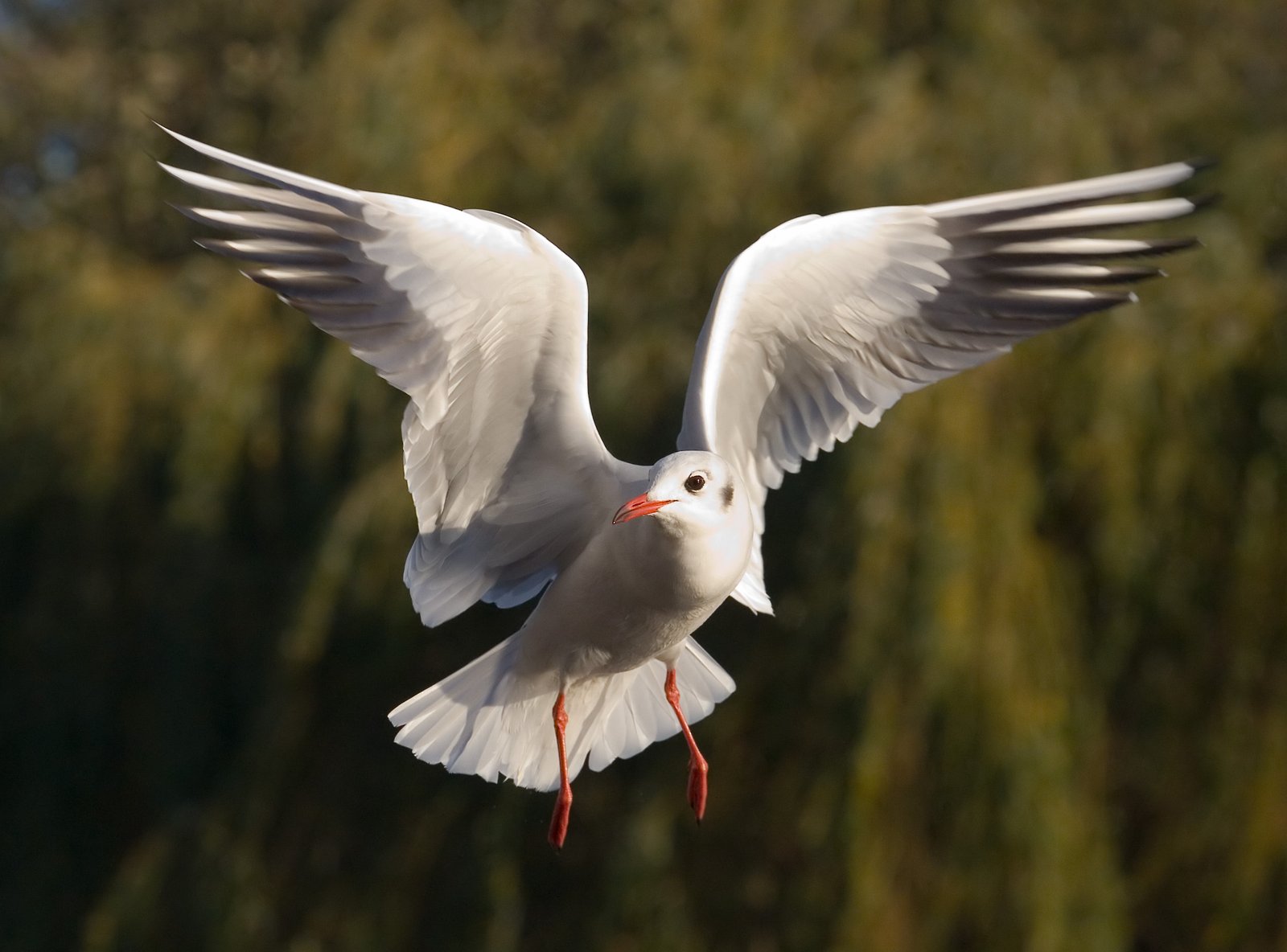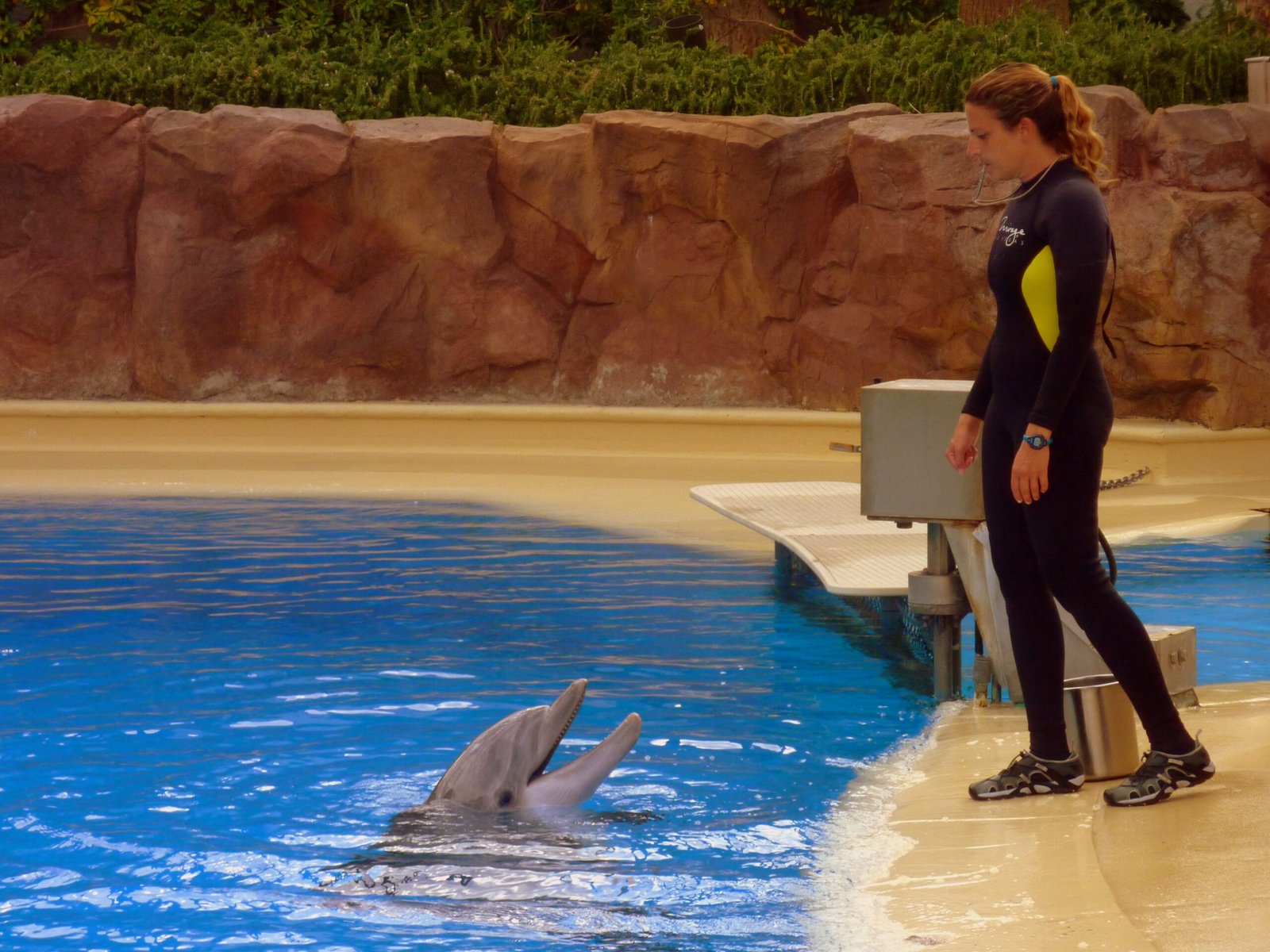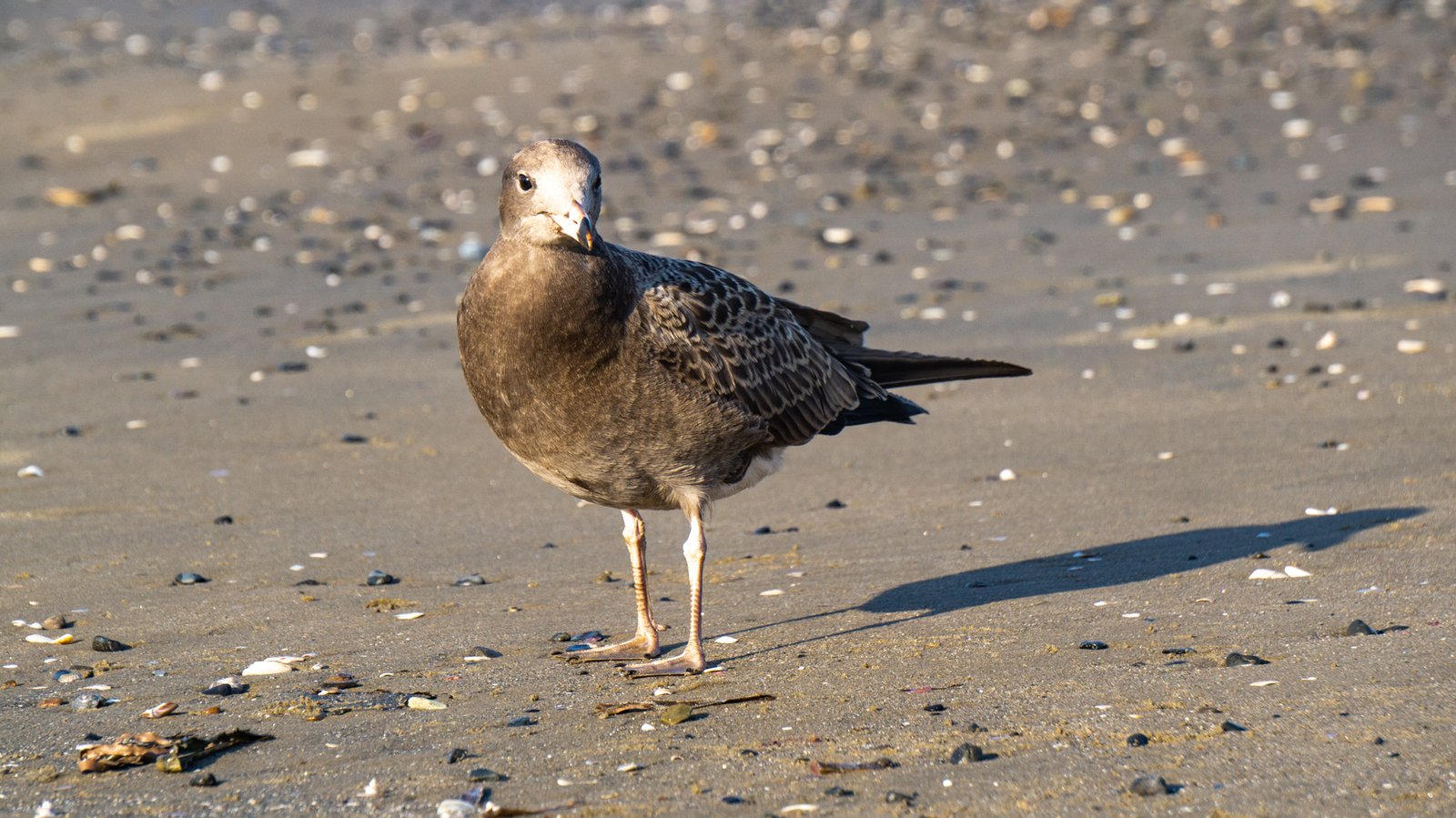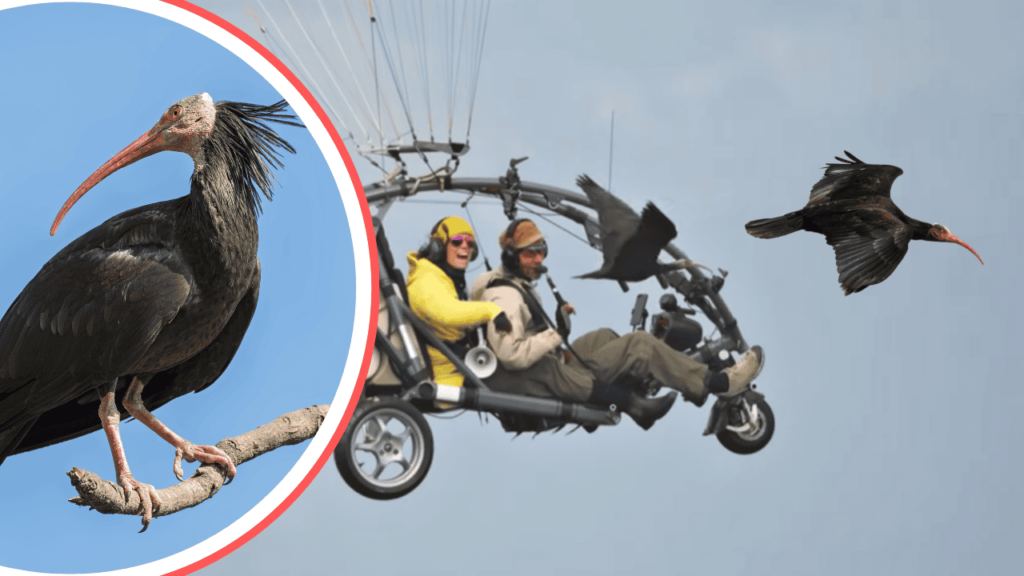Imagine a world where the guardians of the British coastline weren’t just radar towers or watchful human eyes, but flocks of sharp-eyed seagulls, soaring above the waves with a secret mission. It sounds almost unbelievable—a blend of quirky British ingenuity and nature’s wild unpredictability. Yet, hidden in the annals of unconventional defense strategies, the United Kingdom once dared to explore the idea of training seagulls for coastal surveillance. This curious chapter in scientific history is as surprising as it is thought-provoking, revealing just how far humans have gone in their quest to harness nature for national security.
The Birth of an Unusual Idea
During the tense decades of the 20th century, especially amidst the Cold War’s shadow, British defense agencies were constantly on the lookout for innovative ways to protect their shores. Traditional surveillance methods had their limits—fog could obscure binoculars, and enemy ships could slip past radar. The idea sparked: if animals, especially birds with excellent eyesight and adaptability, could be trained, they might offer a new vantage point. Seagulls, already familiar with the coastline and known for their intelligence, seemed like perfect candidates for this bold experiment.
Why Seagulls? The Science Behind the Choice

Seagulls are not just noisy beach dwellers; they’re remarkably smart birds with keen senses. Scientists observed that gulls have exceptional vision, capable of spotting fish underwater from dizzying heights. Their ability to remember feeding spots and adapt to new environments also made them ideal for repetitive tasks. Unlike pigeons, which had been used in war for carrying messages, gulls’ natural habitat aligned perfectly with the U.K.’s sprawling coastlines. This unique blend of intelligence, adaptability, and location drew researchers to the idea of turning seagulls into sentinels of the sea.
Training the Untrainable
Turning this vision into reality proved to be a formidable challenge. Trainers attempted to condition seagulls using behavioral techniques—offering food rewards for certain actions or returning to specific locations after spotting objects in the water. The hope was that, like dogs sniffing out explosives, gulls could be taught to recognize and signal the presence of foreign vessels or suspicious activities. Early tests involved placing floating objects offshore and rewarding gulls for circling or calling out. The process was painstaking, filled with trial and error, and required immense patience from the trainers.
Surveillance Tactics: What Did the Gulls Actually Do?
The plan involved fitting trained seagulls with lightweight, colored markers or even tiny devices to track their movements. When a seagull spotted a ship or unusual object, it was supposed to alert human handlers by returning to a designated spot or performing a specific behavior, like repeated circling. In theory, this could help cover vast stretches of coastline without relying solely on human observation. The seagulls would become living, flapping sensors—an early, feathered form of bio-surveillance.
Challenges and Hilarious Mishaps
As with any pioneering idea, reality often clashed with expectations. Seagulls proved to be independent thinkers, sometimes prioritizing scavenging for chips over their surveillance duties. Some birds would forget their training entirely, distracted by picnics or fishing boats. There were stories of gulls returning with unexpected “finds”—pieces of rubbish or someone’s lost hat—instead of the anticipated intelligence. The unpredictability of their behavior led to more than a few laughs and plenty of head-scratching among researchers.
The Science of Animal Training in Military History

The U.K.’s seagull project wasn’t an isolated example of animals being drawn into the world of defense. Dolphins have been trained to detect mines, and dogs to sniff out explosives. The science behind animal training relies on positive reinforcement and understanding natural behaviors. What set the seagull experiment apart was the sheer unpredictability of the birds, teaching researchers valuable lessons about the limits of animal intelligence and training. The project’s outcomes contributed to a broader understanding of animal cognition, influencing future endeavors worldwide.
Public Reaction and Media Curiosity
When whispers of the project began to surface, the British public responded with a mix of amusement and intrigue. Newspapers occasionally picked up tales of “spy seagulls,” fueling wild stories and speculation. Some people found the idea charming—a uniquely British blend of eccentricity and cleverness. Others doubted the realism, joking about the gulls’ notorious greed for snacks. This blend of skepticism and admiration became part of the project’s enduring legacy in popular culture.
Lessons Learned: Science, Nature, and Human Limits

Despite the project’s mixed results, scientists walked away with invaluable insights. The experiment underscored the importance of working with, not against, an animal’s natural instincts. It also reminded researchers that nature’s unpredictability can sometimes outwit even the most clever human plans. The seagull project highlighted the fine line between innovation and impracticality, and it helped shape future strategies for animal-assisted surveillance.
Modern-Day Echoes: Technology Replaces Feathers
Today, drones, satellites, and advanced sensors have taken over where seagulls once fluttered. These technologies are reliable, precise, and immune to the temptations of seaside snacks. Yet, the spirit of the original project lives on in the ongoing search for creative solutions to old problems. The story of the U.K.’s seagull experiment is a testament to the endless curiosity and ingenuity that drives scientific discovery, even when the results are unexpected.
The Enduring Fascination with Animal Intelligence
The seagull surveillance project continues to captivate scientists and animal lovers alike. It serves as a reminder of the extraordinary capabilities of the animal kingdom—and the challenges of bridging the gap between human ambition and animal behavior. Every coastal stroll accompanied by a watchful gull overhead is a silent nod to this fascinating experiment and to the untamed intelligence of nature’s creatures.
In the end, the tale of the U.K.’s seagull surveillance effort is a story of bold ideas, unexpected twists, and the enduring partnership between humans and the wild world. Who would have guessed that the secret guardians of the British coast, if only for a moment, might have been the very gulls we still see gliding above the waves?




